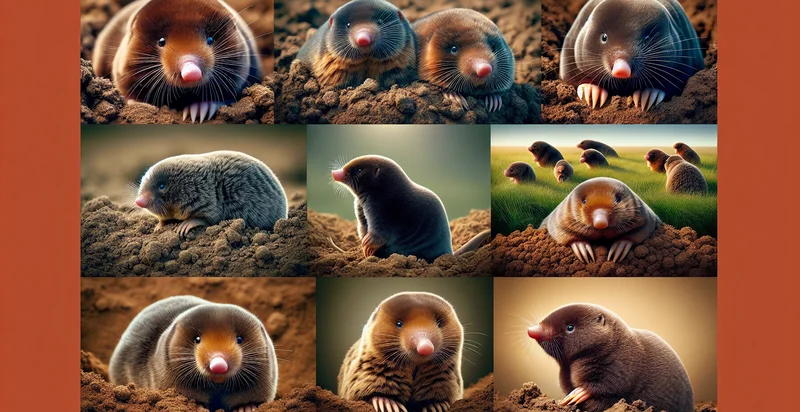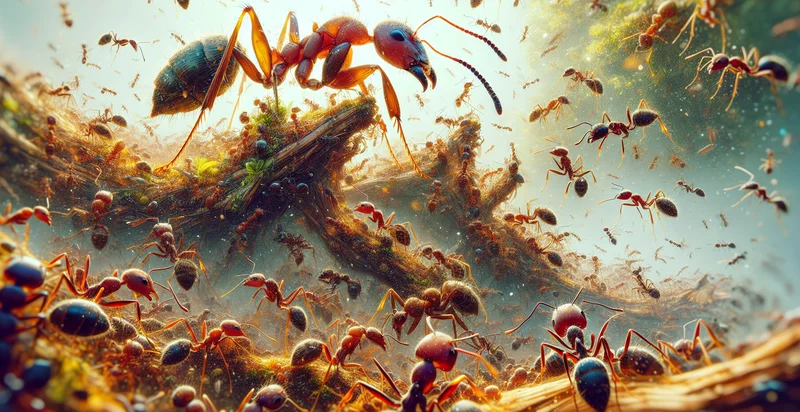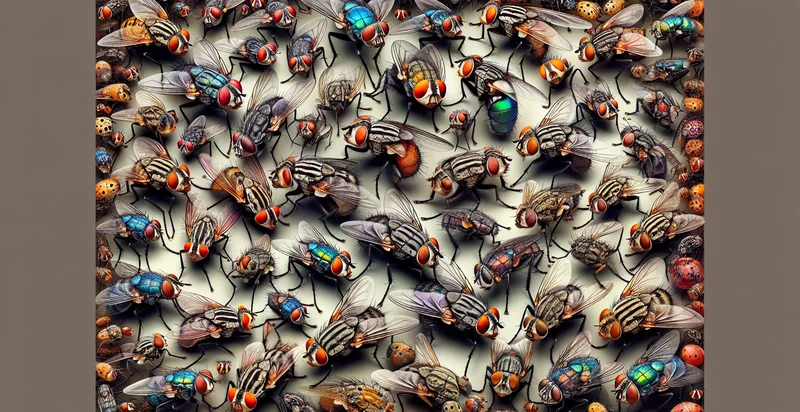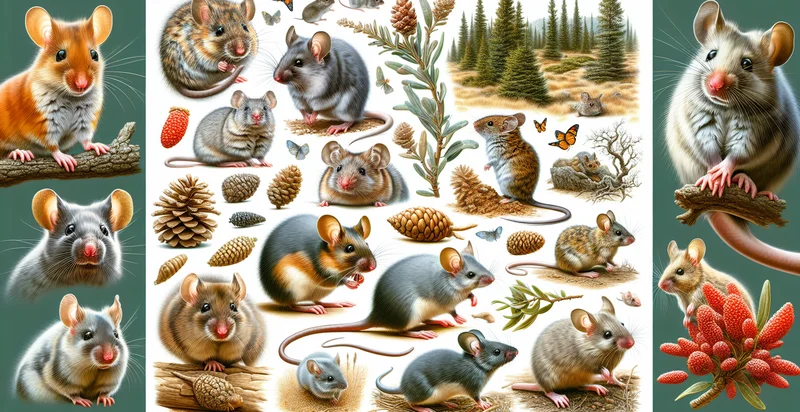Identify mole species
using AI
Below is a free classifier to identify mole species. Just upload your image, and our AI will predict what species of mole it is - in just seconds.

Contact us for API access
Or, use Nyckel to build highly-accurate custom classifiers in just minutes. No PhD required.
Get started
import nyckel
credentials = nyckel.Credentials("YOUR_CLIENT_ID", "YOUR_CLIENT_SECRET")
nyckel.invoke("mole-species-identifier", "your_image_url", credentials)
fetch('https://www.nyckel.com/v1/functions/mole-species-identifier/invoke', {
method: 'POST',
headers: {
'Authorization': 'Bearer ' + 'YOUR_BEARER_TOKEN',
'Content-Type': 'application/json',
},
body: JSON.stringify(
{"data": "your_image_url"}
)
})
.then(response => response.json())
.then(data => console.log(data));
curl -X POST \
-H "Content-Type: application/json" \
-H "Authorization: Bearer YOUR_BEARER_TOKEN" \
-d '{"data": "your_image_url"}' \
https://www.nyckel.com/v1/functions/mole-species-identifier/invoke
How this classifier works
To start, upload your image. Our AI tool will then predict what species of mole it is.
This pretrained image model uses a Nyckel-created dataset and has 22 labels, including Common Mole and Star-Nosed Mole.
We'll also show a confidence score (the higher the number, the more confident the AI model is around what species of mole it is).
Whether you're just curious or building mole species detection into your application, we hope our classifier proves helpful.
Related Classifiers
Need to identify mole species at scale?
Get API or Zapier access to this classifier for free. It's perfect for:
- Pest Control Services: With the 'mole species' identifier, pest control employees can easily classify different species of moles causing problems on a property. This will enable choosing the best methods for eradication based on the species in question.
- Biodiversity Studies: Environmental researchers could use the service to identify mole species in different ecosystems during their field studies. This helps them save time while maintaining accuracy in their research.
- Education Tool: Educational institutions or e-learning platforms can use it as an interactive education tool to help zoology students learn different mole species by identifying them through images.
- Nature Photography Tools: Photographers documenting nature and wildlife cannot always identify the animals they capture. This tool would help them properly classify and caption their photographs by pinpointing the exact mole species.
- Wildlife Rescue Centers: The 'mole species' identifier can be used by rescue workers in wildlife facilities to quickly identify the species of moles they come across. This helps in choosing the right care for each species quickly.
- Animal Television Shows: Television shows focused on animals can use this tool to verify the type of mole species they are featuring in their content. This helps ensure accuracy and credibility in the information they provide.
- Field Guide Apps: Mobile apps used by hikers, wildlife enthusiasts, and field workers to identify animals could integrate the 'mole species' identifier into their software. This tool would enrich app's utility and make it an even more appealing option for outdoor enthusiasts.


